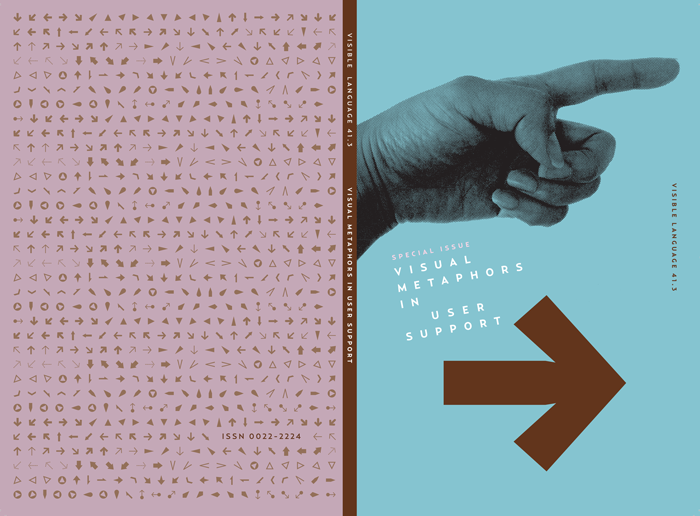Representations of Time in Computer Interface Design
Abstract
The linguistic representation of time or tense is based upon a spatial metaphor: time is a path or trajectory. This metaphor has analogies in computer interface design in graphics such as feedback indicators, buttons and application windows that represent their current availability, icons that contain arrows to represent screen movements, and icons used to help users temporally orient themselves within an interface. It is generally agreed that the success of graphical user interfaces is based upon their ability to provide appropriate conceptual models for enabling human-computer action. One important model for such interaction is for time, which incorporates notions of change and movement. To describe how time is represented in computer interfaces, the paper makes comparisons to the structure of tense in both spoken language and in the sign language of the deaf and also looks at the impact of the structure of writing on representations of time. It is argued that visual representations of time help computer users by providing information about the length of time for a process to complete; the functions that are available now versus those used in the past or ones available in the future; how to move through a set of data; how an object on screen can move; and for some applications, the time order in which data has been received or used or the order in which operations were or are to be performed.Downloads
Published
2007-11-01
Issue
Section
Journal Article

